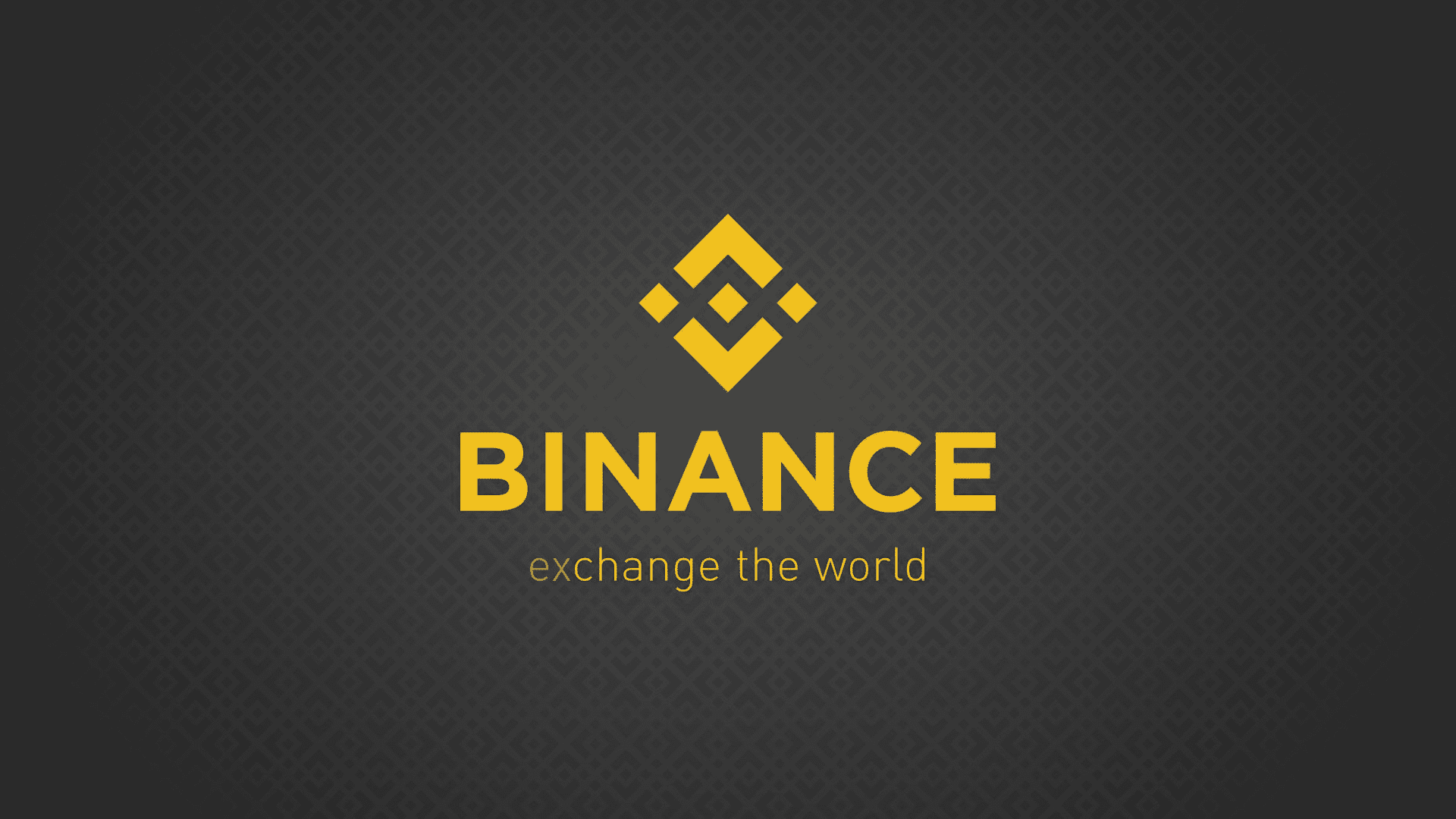Over the past three decades, the internet has undergone a remarkable transformation. In the early days of Web 1.0, the internet was primarily a platform for sharing basic, text-based information.
Today, rapidly evolving user needs and the arrival of Web 3.0 have reshaped the online landscape, introducing dynamic, rich-media content and groundbreaking new capabilities.
Web 3.0 represents the next major leap in how we access and interact with information online. Powered by artificial intelligence, this new era of the web delivers highly personalized experiences tailored to individual preferences.
One of its most revolutionary aspects is decentralization — users will store data on their own devices, making it immune to censorship by governments or corporations.
This shift also opens up unique opportunities for businesses to innovate and grow, including tools like rent TRX Energy, which enable decentralized services and enhanced digital solutions. For businesses, Web 3.0 signals a new phase of growth and innovation.
Breaking down Web 3.0
Before diving deeper, it’s important to clarify the distinction between “Web 3.0” and “Web3.” While interconnected in concept, they are not identical and should not be used interchangeably.
- Web 3.0, initially conceptualized by Tim Berners-Lee, refers to the Semantic Web — an evolution of the internet’s structure that enables machines to better understand, process, and interpret data.
- Web3, on the other hand, is a decentralized, blockchain-based iteration of the web, leveraging technologies like encryption, cryptocurrency, virtual reality (VR), and augmented reality (AR).

Although they overlap, Web 3.0 focuses on creating a smarter, more connected internet, while Web3 emphasizes decentralization, blockchain technology, and opportunities like buy TRX Energy for powering decentralized applications.
The foundations of Web 3.0
Web 3.0 is built on three core pillars: the Semantic Web, Artificial Intelligence (AI), and Natural Language processing (NLP). Let’s break them down:
- The Semantic Web: Envisioned by Tim Berners-Lee, the Semantic Web organizes data so machines can understand it, not just humans. According to W3C, it enables users to create data stores, build vocabularies, and set rules for processing information. This improves the web’s ability to deliver relevant, context-driven results.
- Artificial Intelligence and NLP: AI and NLP help computers interpret and respond to information with human-like understanding. They enable faster, smarter, and more accurate responses, enhancing the user experience.
- Key features of Web 3.0: Web 3.0 is defined by ubiquity, connectivity, 3D graphics, and edge computing, creating a more immersive and accessible internet experience.
What Web 3.0 means for businesses
Web 3.0 is set to transform how businesses operate, offering new opportunities for growth and engagement:
- Personalization: Web 3.0 elevates personalization using real-time data to create highly targeted interactions. Businesses adopting Web 3.0 models can improve customer experiences and unlock innovative marketing opportunities.
- Mobile-first experiences: Providing seamless, mobile-first interactions is non-negotiable. Consumers expect integrated, fast, and easy access to information. Businesses that fail to adapt risk falling behind.
- Ubiquity: Web 3.0 takes data accessibility to the next level, allowing users to interact with content anytime, anywhere, on any device. The Internet of Things (IoT) is driving this shift further, ensuring its long-term presence in the digital world.

Web3: The decentralized Web
Web3, a term coined by Ethereum co-founder Gavin Wood, focuses on decentralization, blockchain, and encryption. It incorporates innovations like virtual reality, augmented reality, and the metaverse.
Already driving trillions in economic activity, Web3 is making decentralized financial systems mainstream. Marketing is also evolving, with VR and AR reshaping how brands connect with audiences.
Preparing for the future of the Web
As Web 3.0 and Web3 evolve, businesses must adapt their strategies to stay ahead. Now is the time to embrace these changes since Web 3.0 is still in its early stages. Companies that strengthen customer relationships and align with new digital frameworks will be well-positioned to thrive in this exciting era of the internet.




